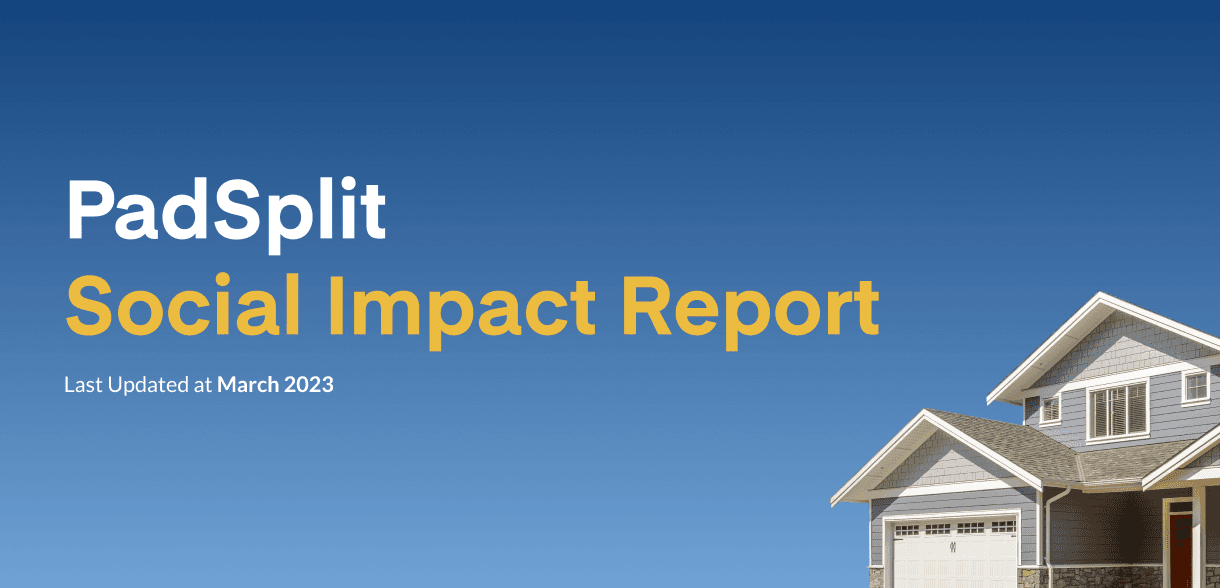A long-term financial plan is a tool that helps you see the big picture and set short- and long-term financial goals. It takes a holistic view at your financial situation and goals so you can better manage your money. It’s a roadmap that helps you realize your financial goals.
5 Steps to Make a Financial Plan
Write down your financial goals
The first step of any financial plan is to get clear about the goals you want to accomplish.
Ask yourself the following questions:
- What are my short-term financial needs? Short-term would be the next month, three months, and six months.
- Where do I want my finances to be this time next year?
- What do I want my finances to look like in the next 5 years?
- What do I want them to look like in the next 10 years?
Spend some time really thinking about these questions and make your goals specific. For example, write, “I want to save $1,000 in the next year,” rather than, “I want to increase my savings in the next year.” Getting clear about your goals helps you create an actionable plan to achieve those goals.
Determine your current net worth
The second step is to get clear about where you’re starting and that’s your current net worth. Net worth is a measure of wealth. It’s found by subtracting all of the money that you owe from the money that you have.
To determine your net worth:
- Make a list of your assets. This includes bank accounts, savings accounts, and valuable personal property.
- Make a list of all your debts. This includes credit cards, student loans, and car notes.
- Subtract your debts from your assets. The result is your net worth.
If your net worth is positive, that’s great. If it’s negative, don’t worry. Many people start off in the negative. It just means you have a little more work to do.
Use your net worth to measure your progress towards your financial goals.
Create a monthly budget
Once you’ve outlined your goals and established your net worth, it’s time to create a monthly budget. A monthly budget is a tool that tracks your income and spending so you can reach your financial goals more quickly. It shows how much money you bring in, how much money goes out, and how much money is left to start putting towards your goals.
Here’s how to get started:
- Write down your monthly income.
- Write down your fixed expenses like rent, insurance, car payments, and cell phone bill.
- Write down your variable expenses like food, credit card payments, and entertainment.
Review everything and determine whether your income covers your spending. Then, identify opportunities to cut or reduce expenses so you can increase your savings. Use our free budget template to get started.
Make a debt reduction plan
Debt can derail any monthly budget and can impact your credit score. A bad credit score can cause you to pay higher interest rates, making it harder to get out of debt. A debt reduction plan is a great tool to help pay down your debt.
Here’s how to get started:
- Write down the balance, annual fees, interest rate, and monthly amount due for each of your debts. This includes auto loans, personal loans, student loans, and credit cards.
- Calculate your total minimum monthly payments for all debts.
- Review your monthly budget.
- Subtract your monthly expenses and minimum monthly payments from your monthly income.
- Use the remaining balance towards paying off debt and increasing your savings.
The plan of attack is up to you. You may decide to pay off the debt with the lowest balance first or the one with the highest interest rate. Whatever you decide, stick to your plan. Continue this process every month until your first debt is paid off. Then, move on to the next account. Be sure not to add any new charges or debt while you’re paying this off.
Increase your savings
A savings account is a key piece of any financial plan. Most experts agree you should have at least three to six months’ worth of living expenses in an emergency fund. This helps ensure you have enough money to live off of if something happens like losing a job or getting injured. After you’ve built up your emergency fund, you can start saving towards other goals like a vacation or retirement.
Here are two strategies to increase your savings:
- Pay your savings account like any other bill. Figure out what you can afford to put aside and be sure to never miss a payment. For example, let’s say your goal is to save $25 a paycheck. Every time you get paid, immediately put $25 into your savings account. Bonus tip: Check with your bank and see if they can help make this payment automatic. That way, you don’t have to think about it.
- Save big cash payments like tax refunds or work bonuses. The idea is simple. You’re already used to living on your regular paycheck, so you don’t really need to spend this money. Save it instead.
When it comes to savings, every dollar counts. Saving just $10 a week adds up to $520 a year. Whatever your financial goals, be sure to prioritize savings so you can reach them quicker.
Conclusion: After you’ve developed your financial plan, review it regularly. Schedule time each month to go over your goals and track your progress. Adjust it as your life evolves. Reevaluate your financial plan after major life changes like starting a new job, getting married, or having a child. The key is to pay attention to your money so you can achieve your goals.


